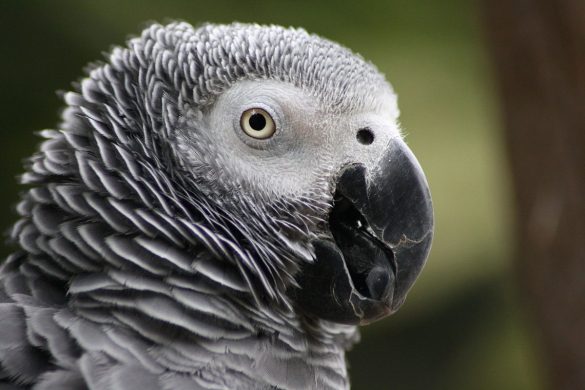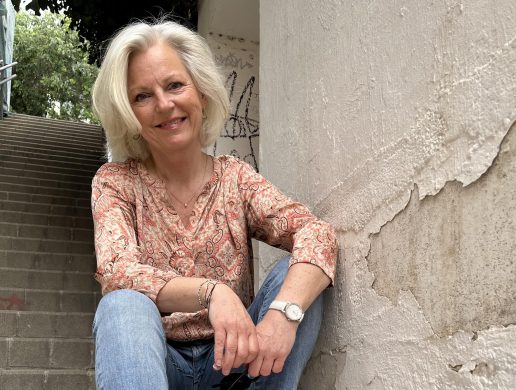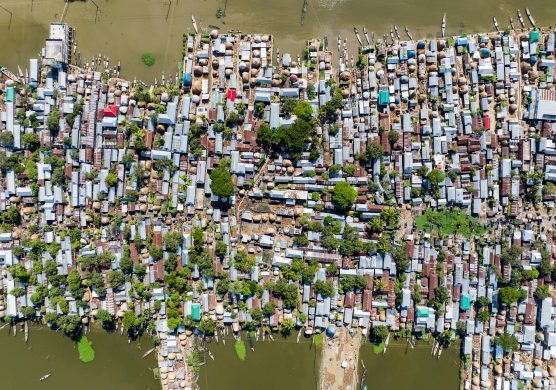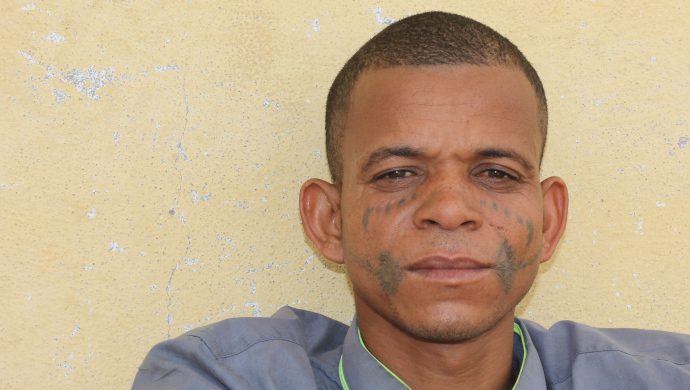In a secret ballot, countries from across the world voted on 2 October 95 to 35 to adopt an international ban on trade in wild African grey parrots.
The parrot is one of the world’s best known and most highly coveted bird species because of its extraordinary ability to learn and imitate human speech. The committee agreed to uplist the species to Appendix I from Appendix II.
Huge step forward
“A total ban on international commercial trade in wild African grey parrots is a huge step forward and will help to protect this extraordinary species from the rampant trapping and trading that has contributed to population collapses and local extinctions across Africa in recent decades,” said Colman O’Criodain, WWF global wildlife policy manager.
“Fraud and corruption have enabled traffickers to vastly exceed current quotas and continue to harvest unsustainable numbers of African grey parrots from Congo’s forests to feed the illegal trade. Banning the trade will make it easier for law enforcement agencies to crack down on the poachers and smugglers, and give the remaining wild populations some much-needed breathing space.”
Current regulations had failed to halt the over-exploitation of the African grey, which was being trapped and traded towards extinction in its last major bastion in the Congo basin, he said. A total trade ban was absolutely essential.
“But it will not be enough on its own; existing illegal networks will continue to plunder parrots from Central Africa’s forests until countries target the traffickers running the show.”
Best interest of conservation
Susan Lieberman, Wildlife Conservation Society vice-president of international policy, applauded the range states of Angola, Chad, Gabon, Guinea, Nigeria, Senegal and Togo for sponsoring the proposal, along with the United States and the European Union.
“Inclusion in Appendix I is in the best interests of the conservation of the species as it faces both habitat loss and rampant illegal and unsustainable trade for the international pet trade,” she said.
“If this bird could talk – and it certainly can – the African grey parrot would say thank you. Now with the protection of Appendix I, and the enhanced enforcement that is needed, the voice of the African grey parrot will not be silenced across the great forests of Africa.
“The African grey parrot has experienced significant population declines throughout its range in West, Central and East Africa. It is extremely rare or locally extinct in Benin, Burundi, Guinea, Guinea-Bissau, Kenya, Rwanda, Tanzania and Togo. This once very abundant species of the forests of West, Central, and East Africa is unfortunately now threatened by out of control international trade.”
The International Fund for Animal Welfare (IFAW) says legal trade data estimates that over 1.3 million African greys were exported from range states between 1975 and 2013, with an average of 40%-60% dying because of deplorable transit and transport conditions. This means the true estimate of African greys captured in just under 40 years was between 2.1-3.2 million birds, IFAW says.
Top of the list
In April, Traffic, the global wildlife trade monitoring network, released the results of a study that found Singapore to have imported specimens from 212 bird species listed in CITES Appendices I and II from 2005 to 2014.
Of all species, the African grey parrot (Psittacus erithacus) topped the list of species imported to and exported from Singapore during the period – more than 41 700 traded birds were recorded.
Researchers found that Singapore had imported twice as many African grey parrots as birds of other species, and re-exported three times as many of the parrots as birds of other species. Almost half of the African grey parrots imported during the study period were reported to be wild-caught, from countries under scrutiny for unsustainable exports, said Traffic.
The bird is listed as vulnerable on the IUCN Red List of Threatened Species.















